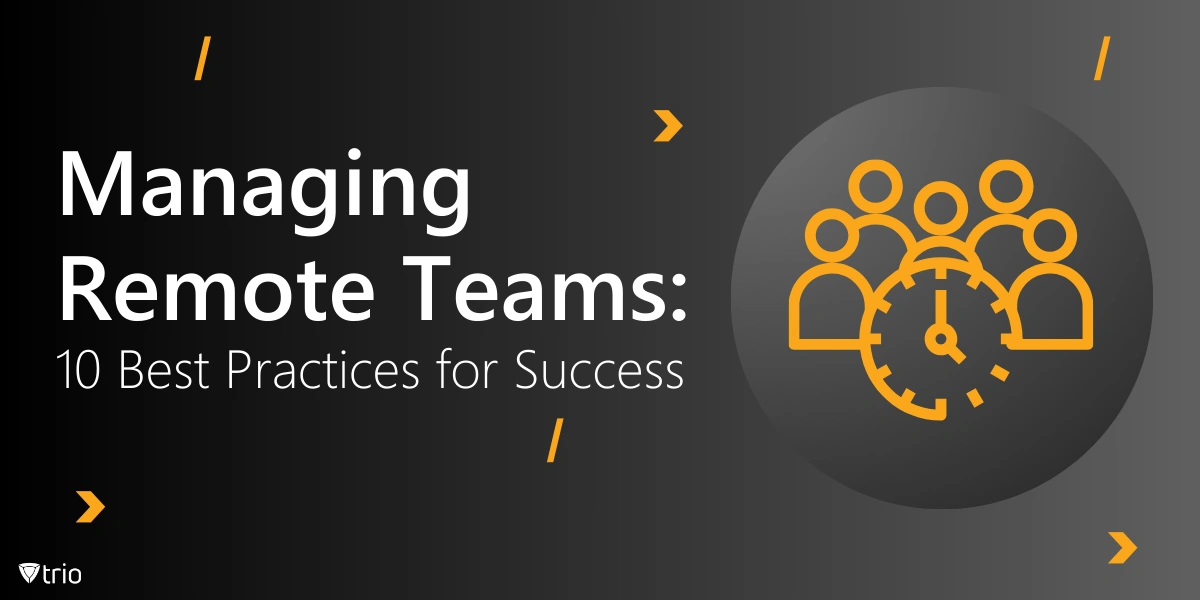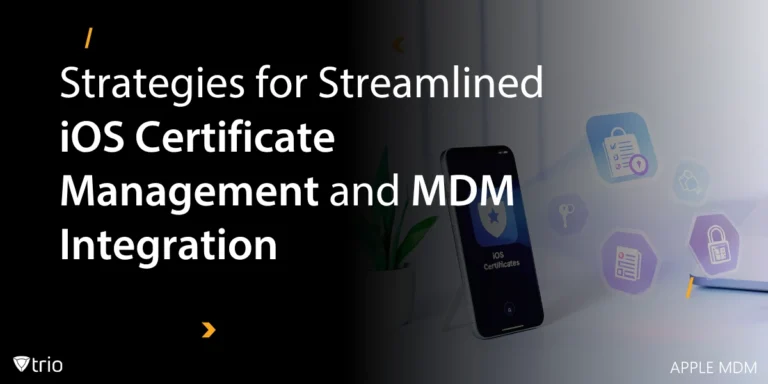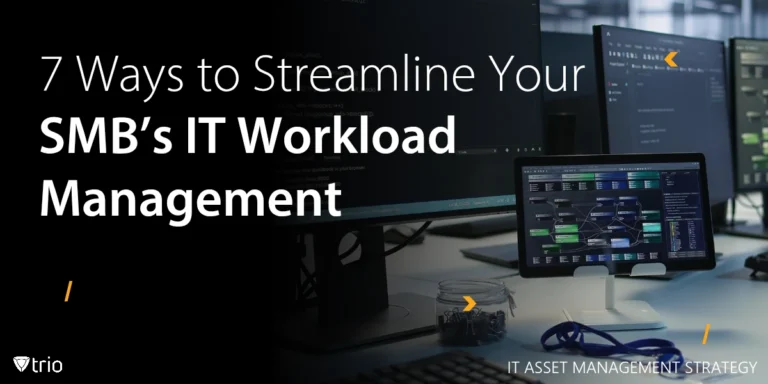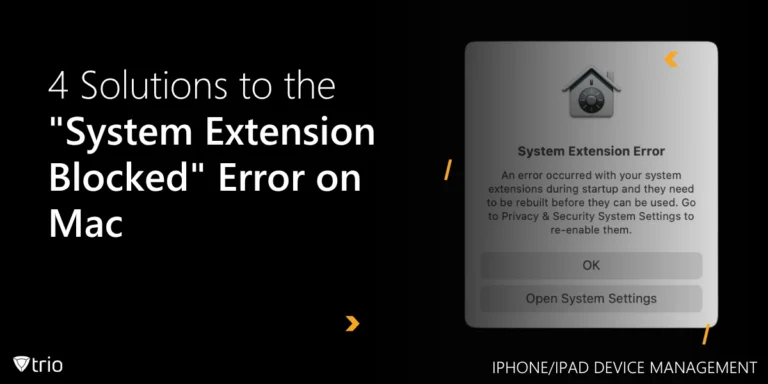The shift to remote work has become one of the most significant changes in the modern workplace. With technological advancements and changing workplace expectations, managing remote teams effectively has emerged as a critical skill for managers and team leaders. While remote work offers flexibility, productivity boosts, and access to a global talent pool, it also presents challenges such as communication gaps, lack of accountability, and difficulties in building team cohesion. In this blog, we'll explore essential strategies for successfully managing remote teams and creating a productive remote work environment.
1. Clear Communication is Key
Effective communication is the foundation of successful remote team management. Without the benefit of in-person conversations, misunderstandings can arise easily. Managers should establish clear communication protocols, including preferred communication channels, frequency of meetings, and guidelines for sharing updates. Tools like Slack, Microsoft Teams, and Zoom play an essential role in facilitating daily communication.
Additionally, managers must strike a balance between staying informed about team progress and avoiding micromanagement. Scheduled check-ins, daily stand-up meetings, and transparent documentation practices can bridge the communication gap.
2. Set Clear Expectations and Goals
When managing remote teams, ambiguity can derail productivity. Managers need to set clear expectations regarding work hours, deliverables, and deadlines. Well-defined goals, preferably following the SMART (Specific, Measurable, Achievable, Relevant, and Time-bound) framework, provide clarity and purpose.
Additionally, using project management tools like Asana, Trello, or Jira can help team members track tasks and deadlines efficiently. Managers should ensure every team member understands their role and how their contributions fit into the bigger picture.
3. Foster Trust and Accountability
Trust is a cornerstone of effective remote team management. Managers must trust their team members to deliver quality work without constant oversight. At the same time, accountability measures must be put in place to ensure team members meet expectations.
Regular performance reviews, milestone tracking, and transparent reporting systems can help maintain accountability. Tools like Toggl and Time Doctor can also help monitor productivity without being intrusive.
4. Prioritize Team Building and Culture
While remote teams excel at flexibility and autonomy, they can often miss out on the camaraderie that comes with in-person interactions. Virtual team-building activities help bridge this gap. These activities can range from virtual happy hours and online games to team challenges and collaborative projects unrelated to work tasks. The goal is to foster trust, strengthen team relationships, and reduce feelings of isolation.
Secondly, team-building activities serve as an excellent platform for team members to communicate beyond their day-to-day responsibilities. They can share personal stories, celebrate milestones, and get to know each other on a deeper level. This builds rapport and a sense of community, which can directly translate into better collaboration on work-related projects.
Another advantage is improved team morale. Remote workers sometimes face burnout or disconnection due to limited social interaction. Fun, casual team-building events provide a refreshing break from work and remind employees that their well-being is a priority for the company. This not only boosts morale but also improves employee retention rates.
Lastly, team-building activities can reveal hidden talents and skills among team members. Whether it's creative problem-solving during a virtual escape room challenge or leadership qualities displayed in a team activity, these insights can help managers better allocate tasks and responsibilities based on individual strengths.

5. Provide the Right Tools and Resources
Equipping remote teams with the right tools is essential for productivity, communication, and overall success. Remote managers must prioritize tools that facilitate seamless collaboration, efficient task management, and clear communication across distributed teams. Communication platforms like Slack or Microsoft Teams enable instant messaging, video conferencing, and document sharing, fostering real-time collaboration regardless of team members' physical locations. These tools reduce miscommunication, allow for quick decision-making, and create a virtual space where team members can stay connected. Additionally, project management tools like Trello, Asana, or Monday.com help managers assign tasks, track progress, and set deadlines efficiently, ensuring everyone remains aligned with team goals.
Collaboration tools are equally vital for managing remote teams. Cloud-based platforms like Google Workspace and Microsoft 365 enable teams to co-author documents, share files, and manage version control effortlessly. These tools centralize resources and ensure that every team member can access essential documents anytime, from any device. For creative and technical teams, tools like Miro (virtual whiteboarding) or Figma (design collaboration) offer specialized features to enhance productivity. Managers must also consider providing VPN services and cybersecurity tools to ensure secure access to company networks, protecting sensitive data from cyber threats.
Performance monitoring and productivity tools play an essential role in managing remote teams effectively. Software like Time Doctor, Hubstaff, or Toggl helps managers monitor work hours, analyze productivity trends, and identify areas for improvement without excessive employee management. These tools provide transparency while allowing employees to manage their time efficiently. Additionally, employee engagement platforms like 15Five or Officevibe can measure team morale, collect feedback, and suggest actionable improvements. Remote managers must balance the use of these tools to avoid creating an atmosphere of distrust while ensuring accountability and transparency.
Lastly, training and development tools cannot be overlooked. Platforms like Udemy for Business, LinkedIn Learning, or Coursera offer opportunities for continuous skill development. These platforms enable remote employees to upskill, stay updated with industry trends, and contribute more effectively to the team. Managers can also use onboarding tools like Trainual to standardize processes for new hires and ensure they are set up for success from day one. By providing a comprehensive toolkit tailored to their team's needs, remote managers can overcome communication barriers, streamline workflows, and create an environment where remote employees can thrive.
6. Address Time Zone Differences and Flexibility
Remote teams often consist of members from different time zones, which can create scheduling conflicts. Managers must consider these differences when planning meetings and project timelines.
Offering flexibility in work hours, creating overlapping 'core hours,' and ensuring asynchronous communication options can help mitigate time zone challenges.
7. Regular Performance Reviews
Continuous feedback is essential in a remote work environment, where face-to-face communication is limited. Regular feedback sessions allow managers to address issues proactively, recognize achievements, and align team members with organizational goals. Feedback shouldn't be reserved for annual performance reviews but integrated into weekly or monthly check-ins.
Effective feedback goes both ways. Managers should not only provide constructive criticism but also create a safe space for team members to share their concerns, ideas, and suggestions. This two-way communication strengthens relationships, builds trust, and fosters a culture of transparency.
Real-time feedback is also critical for remote teams. When employees receive timely feedback on their work, they can make adjustments quickly, leading to better performance. Tools such as feedback surveys, one-on-one video calls, and anonymous suggestion boxes can help facilitate regular feedback exchanges.
Finally, feedback should be actionable and specific. Vague or generic comments can lead to confusion and frustration. Instead, managers should provide clear guidance on areas for improvement, along with actionable steps. This helps remote employees grow professionally and feel valued for their contributions.
9. Implement a Results-Oriented Work Environment (ROWE)
In a remote work environment, focusing on results rather than hours worked is crucial. A Results-Oriented Work Environment (ROWE) prioritizes output over micromanaging time spent online. Employees are given autonomy to complete their tasks in a way that suits their workflow, as long as deadlines and quality standards are met. This approach fosters trust and accountability within the team.
With ROWE, managers set clear objectives and key performance indicators (KPIs) for employees. By focusing on measurable outcomes, team members are empowered to take ownership of their work without the constant oversight of their managers. This promotes a culture of accountability and responsibility, which enhances productivity.
Additionally, ROWE allows for greater flexibility, which is one of the key benefits of remote work. Team members can adjust their schedules to accommodate personal commitments or optimize their peak productivity hours. This flexibility contributes to job satisfaction, reduces stress, and prevents burnout.
However, implementing ROWE requires effective communication and clear expectations. Managers must ensure employees understand deliverables, timelines, and reporting requirements. Regular check-ins focused on progress rather than time logs can help keep everyone aligned with organizational goals.
10. Use Mobile Device Management (MDM) Solutions
Mobile Device Management (MDM) solutions play a crucial role in effectively managing remote teams by offering centralized control, security, and efficient device management. With remote teams relying heavily on mobile devices, laptops, and tablets to access corporate data and applications, MDM solutions enable IT administrators to ensure that these devices are configured correctly, secured against threats, and compliant with company policies. These tools provide remote access to devices, allowing IT teams to troubleshoot issues, install necessary software updates, and enforce security protocols, ensuring uninterrupted workflows. By centralizing device management, MDM minimizes technical disruptions, allowing remote teams to focus on their tasks without being hampered by device-related problems.
Security is one of the most significant advantages of using MDM for managing remote teams. Remote work increases the risk of cyber threats, as employees often use personal or company-issued devices on unsecured networks. MDM solutions offer features like data encryption, secure VPN configurations, and remote wipe capabilities to protect sensitive company data from breaches. If a device is lost or compromised, IT administrators can immediately lock or erase it remotely to prevent unauthorized access. Additionally, these solutions allow for enforcing password policies, two-factor authentication, and restricting access to sensitive resources, adding multiple layers of security to the remote work environment.
MDM solutions also streamline onboarding and offboarding processes for remote employees. When a new team member joins, MDM can automatically configure their device with the required applications, permissions, and security protocols, saving time and reducing manual errors. Similarly, when an employee leaves the organization, their device can be remotely wiped, and access permissions can be revoked, ensuring no sensitive data remains accessible. This level of automation enhances efficiency and reduces the workload on IT teams, especially in organizations with large or frequently changing remote workforces.
Lastly, MDM tools provide valuable insights and analytics to managers and IT administrators. These platforms offer reports on device usage, app performance, and potential security vulnerabilities, allowing managers to make informed decisions about resource allocation and productivity optimization. They can also identify underutilized resources or applications, helping companies reduce unnecessary costs. By leveraging MDM solutions, organizations can ensure that their remote teams have secure, well-maintained devices, enabling seamless collaboration, improving productivity, and safeguarding company assets in an increasingly digital and distributed work environment.
Conclusion
Managing remote teams successfully requires a combination of strong communication, trust, clear expectations, and the right tools. While challenges like time zone differences and team cohesion may arise, they can be overcome with thoughtful strategies and a people-first approach. Embracing these best practices will not only improve team performance but also create an environment where remote employees feel engaged, motivated, and valued.
Looking for a solution to streamline remote team management? Try Trio's comprehensive platform to enhance productivity, communication, and collaboration across your remote teams. Sign up for a free trial today and experience the difference!
Get Ahead of the Curve
Every organization today needs a solution to automate time-consuming tasks and strengthen security.
Without the right tools, manual processes drain resources and leave gaps in protection. Trio MDM is designed to solve this problem, automating key tasks, boosting security, and ensuring compliance with ease.
Don't let inefficiencies hold you back. Learn how Trio MDM can revolutionize your IT operations or request a free trial today!





